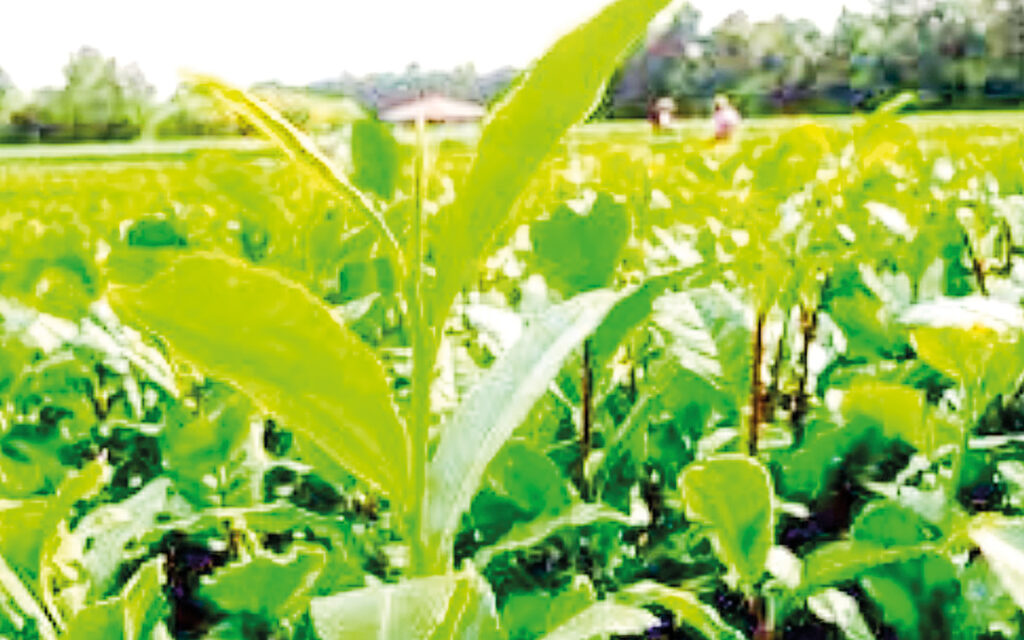Tea has become popular in Asia and is consumed as green tea in Myanmar, China, India, Japan, South Korea, some ASEAN countries, and European nations. Tea leaves are processed both dried and fermented to be used in boiling water for drinking.
Although herbal tea is consumed and used for medicinal purposes in Europe and Asia, Myanmar has been using it for drinking, eating, and medicinal purposes since the Konbaung of Myanmar’s monarchical era. It is noteworthy that Myanmar is the only country where tea is consumed in the form of a salad.
A historical researcher said: “Stone inscription in the Konbaung era shows Myanmar has been using green tea used in boiling water for drinking. The traditional Myanmar Atar Thingyan festival, which is a heritage of Myanmar culture, has been recognized as the first intangible cultural heritage of humanity in Myanmar. If Myanmar’s tea is recognized as a World Cultural Heritage, the value of tea will increase, which is a matter of pride and great joy.”
Tea is primarily planted in hilly regions of Myanmar. The characteristics, colour, texture, aroma, and taste of tea tend to vary depending on the climate and environment. Since the Konbaung era, tea has been a traditional Myanmar meal. Currently, a traditional culture of serving tea salad and green tea to guests is thriving both in urban and rural areas of Myanmar.
Generally, tea can help reduce blood cholesterol levels, lower hypertension, and improve heart health. Its antioxidants may also help prevent certain intestinal diseases to ease tiredness.
The tea leaf salad is consumed with peanuts, sesame, fried shallots, dried shrimp, garlic, and chilli peppers. Moreover, it is also enjoyed with various combinations such as tomato, thinly sliced cabbage, tender papaya leaves and boiled maize.
The cultural heritage of a country is often of special interest to international travellers. In the Bagan region and the hilly areas, foreign tourists are accustomed to drinking green tea and tea salad. By promoting Myanmar’s traditional tea as an integral part of the world’s cultural heritage, there are opportunities to increase production and expand the market, with promising prospects ahead.
Thitsa (MNA)/TTA
#TheGlobalNewLightOfMyanmar

